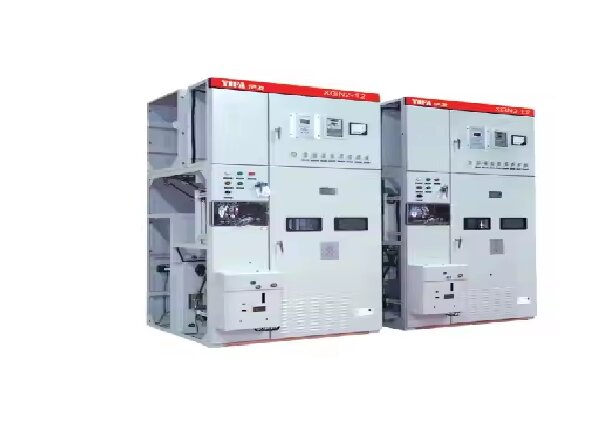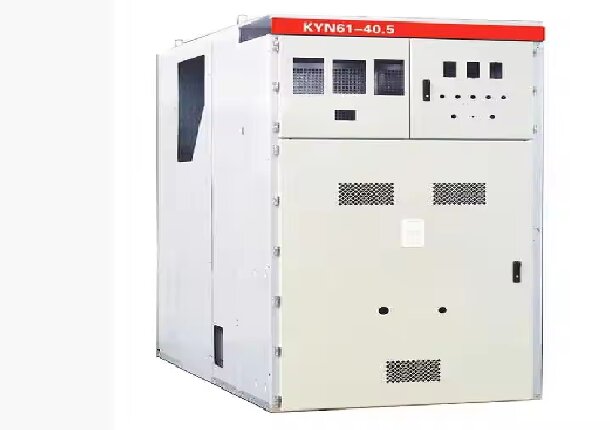In the world of electrical distribution, reliable and efficient power management is key. Two essential components in this process are Ring Main Units (RMU) and Switchgear. Both of these devices play crucial roles in ensuring the safety, functionality, and continuity of electrical systems, but they are designed for different purposes and applications. Understanding the differences between these two can help engineers and companies select the right equipment for their power distribution needs. In this article, we will compare Ring Main Units (RMUs) and Switchgear, highlighting their features, benefits, and ideal use cases.

A Ring Main Unit (RMU) is a critical component in medium-voltage power distribution systems, typically used in urban networks and industrial setups. RMUs are designed to provide reliable and safe power distribution while minimizing the risk of outages.
An RMU consists of several key components, including load-break switches, fuses, and circuit breakers. These elements are housed in a compact, enclosed system, which helps save space while ensuring protection and control over the electrical network. The primary function of an RMU is to allow safe switching and isolation of electrical circuits within a network.
RMUs are available in different configurations such as air-insulated, gas-insulated, and oil-insulated, depending on the insulation method used. These devices are typically used for medium-voltage applications (11kV to 33kV) and are especially popular in urban areas due to their compact design.
Compact, space-saving design.
Simplified operation and maintenance.
Reliable fault isolation and control.
Limited to medium-voltage systems.
Not suitable for high-voltage or large-scale power generation applications.

Switchgear refers to a broader category of electrical devices used to control, protect, and isolate electrical equipment in a power system. Switchgear can be found across a wide range of voltage levels, from low voltage (LV) to medium and high voltage (HV) applications. It consists of various components, including circuit breakers, isolators, fuses, and relays, all designed to ensure the safety and control of the electrical network.
Switchgear can be used in a variety of settings, including substations, power plants, transformers, and distribution systems. The main function of switchgear is to protect electrical circuits from faults, provide control over power flow, and enable the isolation of faulty sections of the system for maintenance or repairs.
There are several types of switchgear based on voltage level and application, such as Low Voltage Switchgear, Medium Voltage Switchgear, and High Voltage Switchgear. Each type is designed to meet specific protection and control needs depending on the requirements of the electrical network.
Broad voltage range capability.
Comprehensive protection and control.
Suitable for large-scale industrial and utility applications.
Larger footprint and higher initial cost.
More complex installation and maintenance requirements.
While both Ring Main Units and Switchgear are essential in electrical systems, they differ significantly in terms of functionality, design, and applications.
RMUs are primarily used for distribution purposes, especially in medium-voltage networks, for tasks such as fault isolation, switching, and load management. RMUs are commonly employed in urban and industrial areas where space is limited.
Switchgear, on the other hand, serves a broader purpose. It is used for protection, control, and isolation across various voltage levels, from low-voltage to high-voltage systems. It is commonly found in power plants, substations, and industrial power systems.
RMUs are more compact and simpler, designed with minimal space requirements in mind. They are typically composed of essential components like circuit breakers, load-break switches, and fuses.
Switchgear can be much larger and more complex, with a greater number of components that enable intricate protection schemes and control functionalities. It might include advanced devices such as current transformers, voltage transformers, and protection relays.
RMUs are most commonly used in medium voltage systems, usually in the range of 11kV to 33kV.
Switchgear can be designed for low, medium, or high-voltage systems, with some switchgear capable of handling voltages well beyond 33kV.
RMUs are often used in compact spaces such as underground chambers or small substations where space and accessibility are limited.
Switchgear is typically deployed in larger facilities like substations or power stations, where the equipment can handle a variety of protection and control tasks.
RMUs tend to be more cost-effective and require less maintenance, making them ideal for smaller networks or compact spaces.
Switchgear systems, while more expensive, offer more comprehensive protection and control capabilities and are generally suited for larger-scale operations.
RMU Use Cases:
Urban power distribution, especially in cities with limited space for electrical equipment.
Industrial applications that require reliable medium-voltage power distribution.
Integration into renewable energy systems where space and fault isolation are critical.
Switchgear Use Cases:
Substations: Where high voltage needs to be distributed reliably.
Power plants: For fault protection, control, and isolation in large-scale power systems.
Industrial facilities: Protecting high-voltage equipment from faults and providing control over electrical flow.
Selecting between an RMU and switchgear ultimately depends on the specific needs of the electrical system. For medium-voltage networks with space constraints, an RMU is the ideal solution, providing a compact and reliable option. However, for larger-scale applications that require comprehensive protection and control across various voltage levels, switchgear is a more versatile and scalable choice.
Both Ring Main Units (RMUs) and Switchgear serve pivotal roles in electrical distribution systems, ensuring safety, reliability, and control. Understanding their differences and applications allows businesses and engineers to choose the right equipment based on specific needs and operational requirements.
For high-quality, reliable power distribution equipment, including Ring Main Units and switch cabinets, YIFA ELECTRIC offers cutting-edge solutions tailored to meet the demands of modern electrical networks. With a commitment to innovation, reliability, and customer satisfaction, YIFA ELECTRIC is your trusted partner in electrical power distribution.